Assessment of Aesthetic Quality on Soil and Water Conservation Engineering Using the Scenic Beauty Estimation Method
Abstract
:1. Introduction
2. Literature Review
2.1. Introduction of the Scenic Beauty Estimation Method Classification System
2.2. Scenic Beauty Estimation
- An intangible value of resources could be included in the quantitative assessment. Combining psychology and the technique of statistics, the individual subjective judgment of managers and planning designers is excluded. However, the public “perceived preference” for different landscapes is applied to reflect the viewers’ perceived preference for landscapes.
- Regarding the test of validity, the SBE method proves that the subjects’ evaluation of the slides or pictures randomly taken in the base is similar to the in-situ evaluation that manpower and time could be reduced.
- In terms of the retest reliability, the SBE method proves that the pictures taken in the same base but at different times, appear with high consistency, excluding the factor of special events. The method apparently shows high reliability.
- In addition to the forest landscape assessment, the SBE method is applied in various landscapes to test applicability. The result proves high reliability and validity.
- The evaluation error that resulted from different aesthetic concepts is removed.
- The SBE index could be applied to large-coverage landscape management.
- The evaluation result of the landscape factors could help understand the positive/negative effects on recreation users for the reference of future business management.
- Whether the selected landscape samples could represent general landscapes is controversial.
- When taking landscapes from pictures, the photographers’ photography skills and angles would affect the evaluation result.
- The evaluation coverage and the special areas cannot be defined from the pictures.
- Whether viewers refer the evaluation preference for landscapes to perception or cognition cannot be distinguished.
- The coefficient acquired from the analysis result lacks definite explanations, which would change with the people and is comparatively subjective.
3. Materials and Methods
3.1. Research Location
3.2. Shooting Environment Setting
3.3. Picture Sampling
3.4. Questionnaire Design
- Question 1:
- Picture aesthetics: The subjects judge the aesthetics in the picture according to personal perception.
- Question 2:
- Integration of structure with the natural environment in the picture: The integration of the artificial structures with the surrounding natural landscapes in the picture is evaluated.
- Question 3:
- Preference of waterscape in the picture: The subjects would evaluate the pictures with waterscape by the preference for the flowing waterscape.
- Question 4:
- Visual richness of picture: The subjects, according to personal perception, judge the color and the visual richness of the surrounding landscape.
- Question 5:
- Preference for the shape of the structure in the picture: The subjects evaluate the shape of the artificial structures in the pictures according to personal preference.
- Question 6:
- Perceived safety of the structure in the picture: The subjects evaluate the perceived safety of structures in the pictures (only from psychological experience).
3.5. Questionnaire Survey
- (1)
- The subjects were arranged for the test in a classroom equipped with a projector and a white screen, where the digital pictures were shown.
- (2)
- The subjects were explained the questionnaire contents, purpose of the test, evaluation scale, and personal data filling-in.
- (3)
- The subjects were requested to evaluate with personal preference and intuition without thinking for too long nor judging with photography skills or aesthetics.
- (4)
- The pictures were projected with the speed of 3 s/picture for the subjects fast-browsing the contents.
- (5)
- The subjects then viewed the projected pictures with a speed of 16 s/picture and fill in the score for beauty and other questions according to intuitive judgment. The subjects were also reminded to pay attention to the number of pictures and the relevant questions.
4. Results and Discussion
4.1. SBE Evaluation Result
4.2. Comparison between the Traditional Method and the Ecological Method
5. Conclusions
Acknowledgments
Author Contributions
Conflicts of Interest
References
- Zobeck, T.M.; Schillinger, W.F. Soil and Water Conservation Advances in the United States; Soil Science Society of America: Madison, WI, USA, 2010. [Google Scholar]
- SWCB (Soil and Water Conservation Bureau). Technical Manual for Soil and Water Conservation; Soil and Water Conservation Bureau, Council of Agriculture, Taiwan: Nantou, Taiwan, 2005. (In Chinese)
- Wu, H.L.; Feng, Z.Y. Ecological engineering methods for soil and water conservation in Taiwan. Ecol. Eng. 2006, 28, 333–344. [Google Scholar] [CrossRef]
- Buondonno, A.; Grilli, E.; Capra, G.F.; Glorioso, C.; Langella, A.; Leone, A.P.; Leone, N.; Odierna, P.; Vacca, S.; Vigliotti, R.C. Zeolitized tuffs in pedotechnique for the reclamation of abandoned quarries. A case study in the campania region (Italy). J. Environ. Manag. 2013, 122, 25–30. [Google Scholar] [CrossRef] [PubMed]
- Aizawa, M. An Introduction to Hydroscape Engineering; Kajima Publishing: Tokyo, Japan, 2002. (In Japanese) [Google Scholar]
- Arthur, L.M. Predicting scenic beauty of forest environments: Some empirical tests. For. Sci. 1977, 23, 151–160. [Google Scholar]
- Brown, T.C.; Daniel, T.C. Modeling Forest Scenic Beauty: Concepts and Application to Ponderosa Pine; US Department of Agriculture, Forest Service, Rocky Mountain Forest and Range Experiment Station: Fort Collins, CO, USA, 1984. [Google Scholar]
- Brown, T.C.; Daniel, T.C. Predicting scenic beauty of timber stands. For. Sci. 1986, 32, 471–487. [Google Scholar]
- Buhyoff, G.J.; Wellman, J.D.; Harvey, H.; Fraser, R. Landscape architects’ interpretations of people’s landscape preferences. J. Environ. Manag. 1978, 6, 255–262. [Google Scholar]
- Mansourian, S. Governance and forest landscape restoration: A framework to support decision-making. J. Nat. Conserv. 2017, 37, 21–30. [Google Scholar] [CrossRef]
- Miller, R.; Xiang, W.N. A knowledge-based GIS method for visual impact assessment in transmission line siting. In GIS LIS-International Conference; American Society for Photogrammetry and Remote Sensing: Baltimore, MD, USA, 1992; p. 577. [Google Scholar]
- Müssner, R.; Plachter, H. Methodological standards for nature conservation: Case study landscape planning. J. Nat. Conserv. 2002, 10, 3–23. [Google Scholar] [CrossRef]
- Lynch, K. The Image of the City; MIT Press: Cambridge, MA, USA, 1960; Volume 11. [Google Scholar]
- McHarg, I.L.; Mumford, L. Design with Nature; American Museum of Natural History: New York, NY, USA, 1969. [Google Scholar]
- Shafer, E.L.; Hamilton, J.E.; Schmidt, E.A. Natural landscape preferences: A predictive model. J. Leisure Res. 1969, 1, 1. [Google Scholar] [CrossRef]
- Jackson, J.B.; Zube, E.H. Landscapes: Selected writings of JB Jackson; Univ of Massachusetts Press: Amherst, MA, USA, 1970. [Google Scholar]
- Appleton, J.H. The Experience of Landscape; John Wiley and Sons: New York, NY, USA, 1975. [Google Scholar]
- Balling, J.D.; Falk, J.H. Development of visual preference for natural environments. Environ. Behav. 1982, 14, 5–28. [Google Scholar] [CrossRef]
- Kaplan, S.; Kaplan, R. Cognition and Environment: Functioning in an Uncertain World; Praeger: New York, NY, USA, 1982. [Google Scholar]
- Daniel, T.C.; Vining, J. Methodological issues in the assessment of landscape quality. In Behavior and the Natural Environment; Springer: Berlin, Germany, 1983; pp. 39–84. [Google Scholar]
- Gobster, P.H.; Chenoweth, R.E. The dimensions of aesthetic preference: A quantitative analysis. J. Environ. Manag. 1989, 29, 47–72. [Google Scholar]
- Kaplan, R.; Kaplan, S. The Experience of Nature: A Psychological Perspective; CUP Archive: Cambridge, UK, 1989. [Google Scholar]
- Zube, E.H. Themes in landscape assessment theory. Landsc. J. 1984, 3, 104–110. [Google Scholar] [CrossRef]
- Zube, E.H.; Sell, J.L.; Taylor, J.G. Landscape perception: Research, application and theory. Landsc. Plan. 1982, 9, 1–33. [Google Scholar] [CrossRef]
- Lin, H.C.; Peng, S.H.; Chen, S.C. Scenic beauty estimation of soil and water conservation engineering constructions on the slopeland. J. Soil Water Conserv. 2013, 45, 831–846. (In Chinese) [Google Scholar]
- Ariso-Campa, A. Forest (Text) Uses: Assessing Semiotic Dimensions of Visual Landscapes; State University of New York: New York, NY, USA, 1991. [Google Scholar]
- Penning-Rowsell, E.C. Fluctuating fortunes in gauging landscape value. Prog. Hum. Geogr. 1981, 5, 25–41. [Google Scholar]
- Litton, R.B. Forest Landscape Description and Inventories: A Basis for Land Planning and Design; Pacific Southwest Forest and Range Experiment Station, US Department of Agriculture: Washington, DC, USA, 1968. [Google Scholar]
- Kaplan, S.; Kaplan, R.; Wendt, J.S. Rated preference and complexity for natural and urban visual material. Percept. Psychophys. 1972, 12, 354–356. [Google Scholar] [CrossRef]
- Daniel, T.C.; Boster, R.S. Measuring Landscape Esthetics: The Scenic Beauty Estimation Method; Rocky Mountain Forest and Range Experiment Station: Fort Collins, CO, USA, 1976. [Google Scholar]
- Peng, S.H.; Tang, C. Blending the analytic hierarchy process and fuzzy logical systems in scenic beauty assessment of check dams in streams. Water 2015, 7, 6983–6998. [Google Scholar] [CrossRef]
- Cicchetti, C.J. A multivariate statistical analysis of wilderness users in the United States. Nat. Environ. Stud. Theor. Appl. Anal. 1972, 142–170. [Google Scholar]
- Taylor, S.T. Examination of Viewer Perceptions and Preferences When Exposed to Naturally Occurring Aesthetic Scenes; Texas A&M University: College Station, TX, USA, 1994. [Google Scholar]
- Anderson, L.M.; Schroeder, H.W. Application of wildland scenic assessment methods to the urban landscape. Landsc. Plan. 1983, 10, 219–237. [Google Scholar] [CrossRef]
- Schroeder, H.W.; Daniel, T.C. Predicting the scenic quality of forest road corridors. Environ. Behav. 1980, 12, 349–366. [Google Scholar] [CrossRef]
- Ozkan, U.Y. Assessment of visual landscape quality using IKONOS imagery. Environ. Monit. Assess. 2014, 186, 4067–4080. [Google Scholar] [CrossRef] [PubMed]
- Brown, T.C.; Daniel, T.C. Scaling of Ratings: Concepts and Methods; USDA Forest Service, Rocky Mountain Forest and Range Experiment Station: Fort Collins, CO, USA, 1990; Volume 293. [Google Scholar]
- Brown, T.C.; Daniel, T.C.; Schroeder, H.W.; Brink, G.E. Analysis of Ratings: A Guide to RMRATE; US Department of Agriculture, Forest Service, Rocky Mountain Forest and Range Experiment Station: Fort Collins, CO, USA, 1990. [Google Scholar]
- Bulut, Z.; Yilmaz, H. Determination of waterscape beauties through visual quality assessment method. Environ. Monit. Assess. 2009, 154, 459. [Google Scholar] [CrossRef] [PubMed]
- Aizawa, M. The texture of falling water, landscape, and culture of Japan. NAGARE Jpn. Soc. Fluid Mech. 2004, 23, 69–78. (In Japanse) [Google Scholar]
- Manfrin, A.; Bombi, P.; Traversetti, L.; Larsen, S.; Scalici, M. A landscape-based predictive approach for running water quality assessment: A mediterranean case study. J. Nat. Conserv. 2016, 30, 27–31. [Google Scholar] [CrossRef]
- Brown, T.C.; Daniel, T.C. Landscape aesthetics of riparian environments: Relationship of flow quantity to scenic quality along a wild and scenic river. Water Res. Res. 1991, 27, 1787–1795. [Google Scholar] [CrossRef]
- Chen, S.Y.; Lin, J.Y. Developing a simplified river landscape assessment model: Examples from the Chungkang and Touchien Rivers, Taiwan. Environ. Monit. Assess. 2007, 127, 489–502. [Google Scholar] [CrossRef]
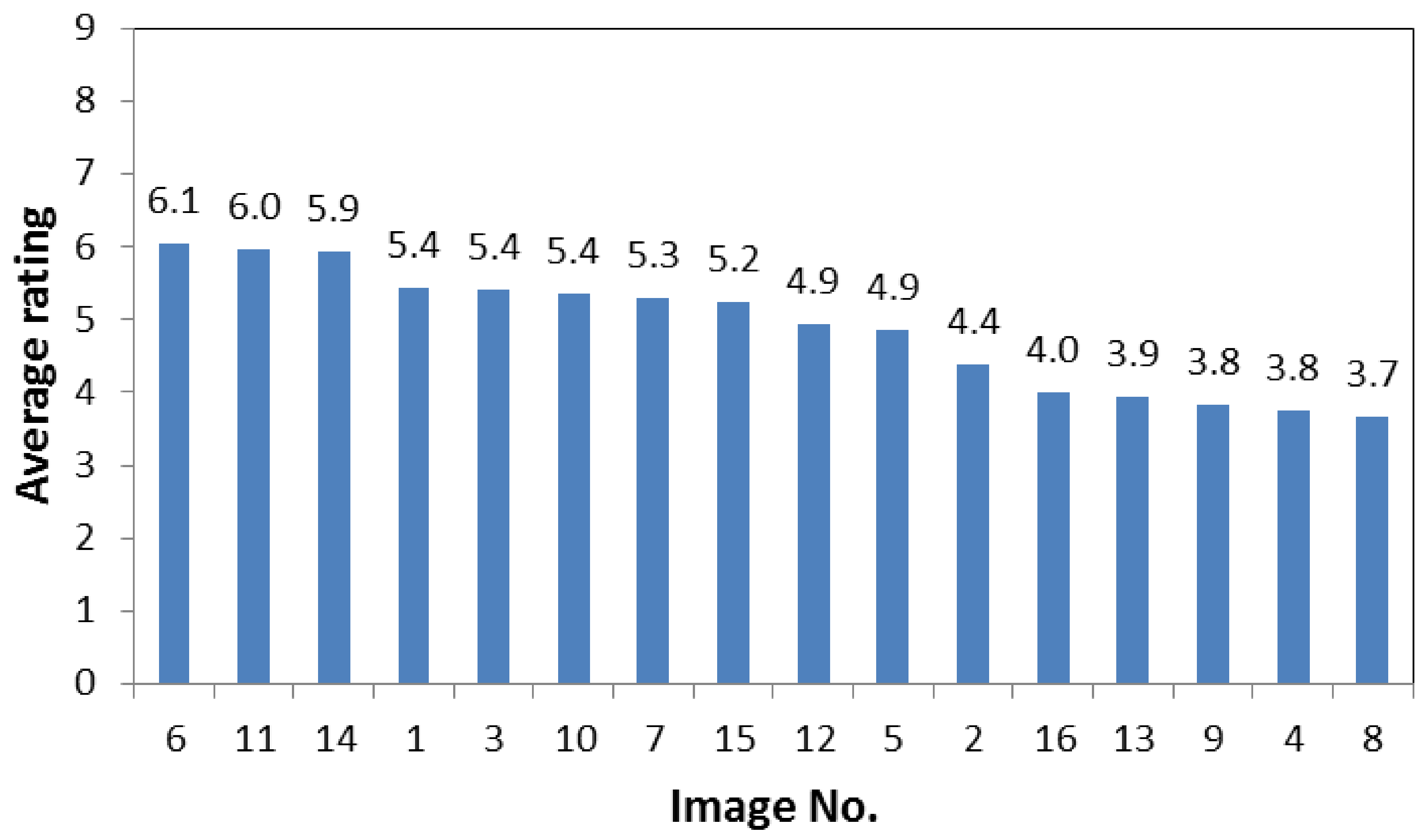
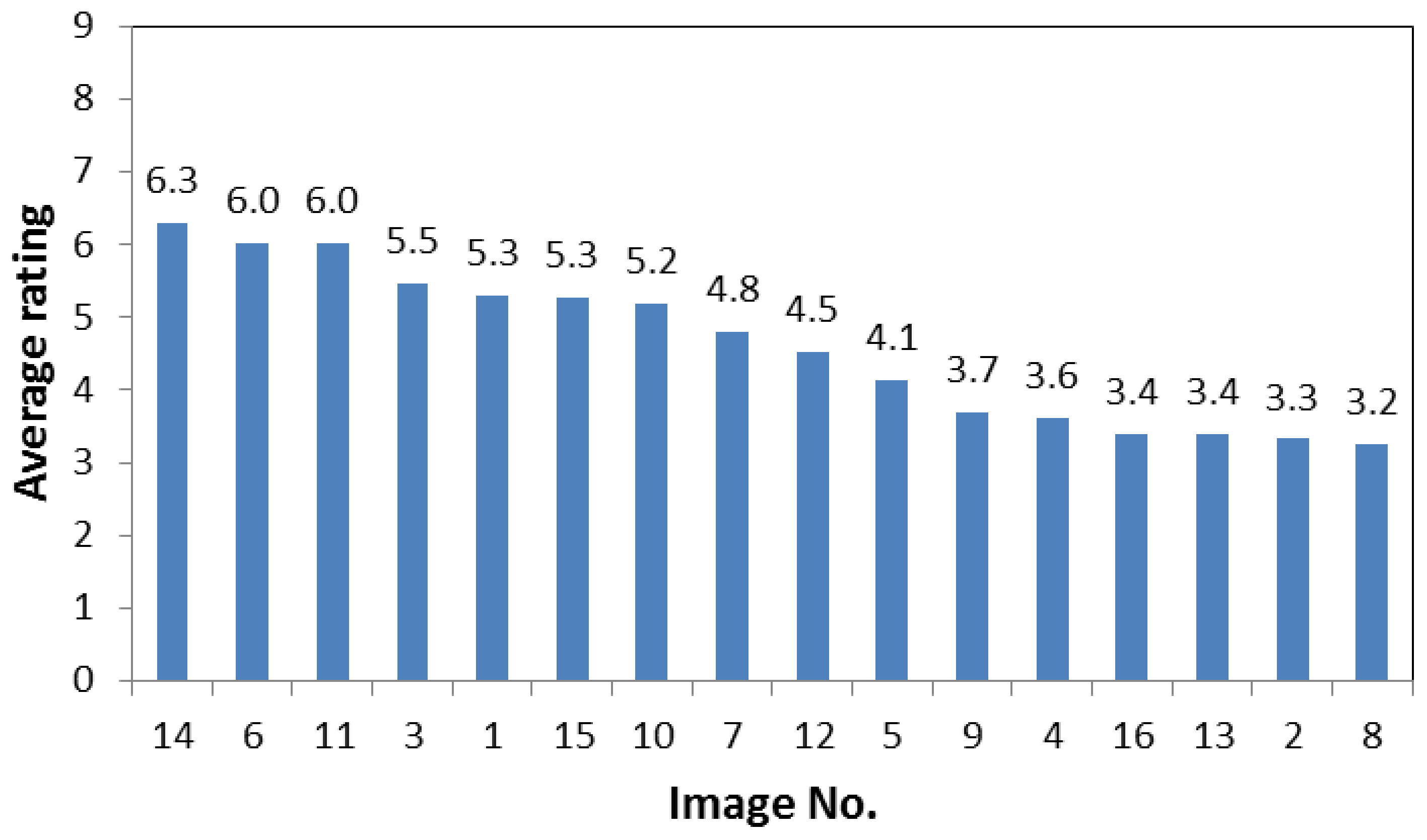
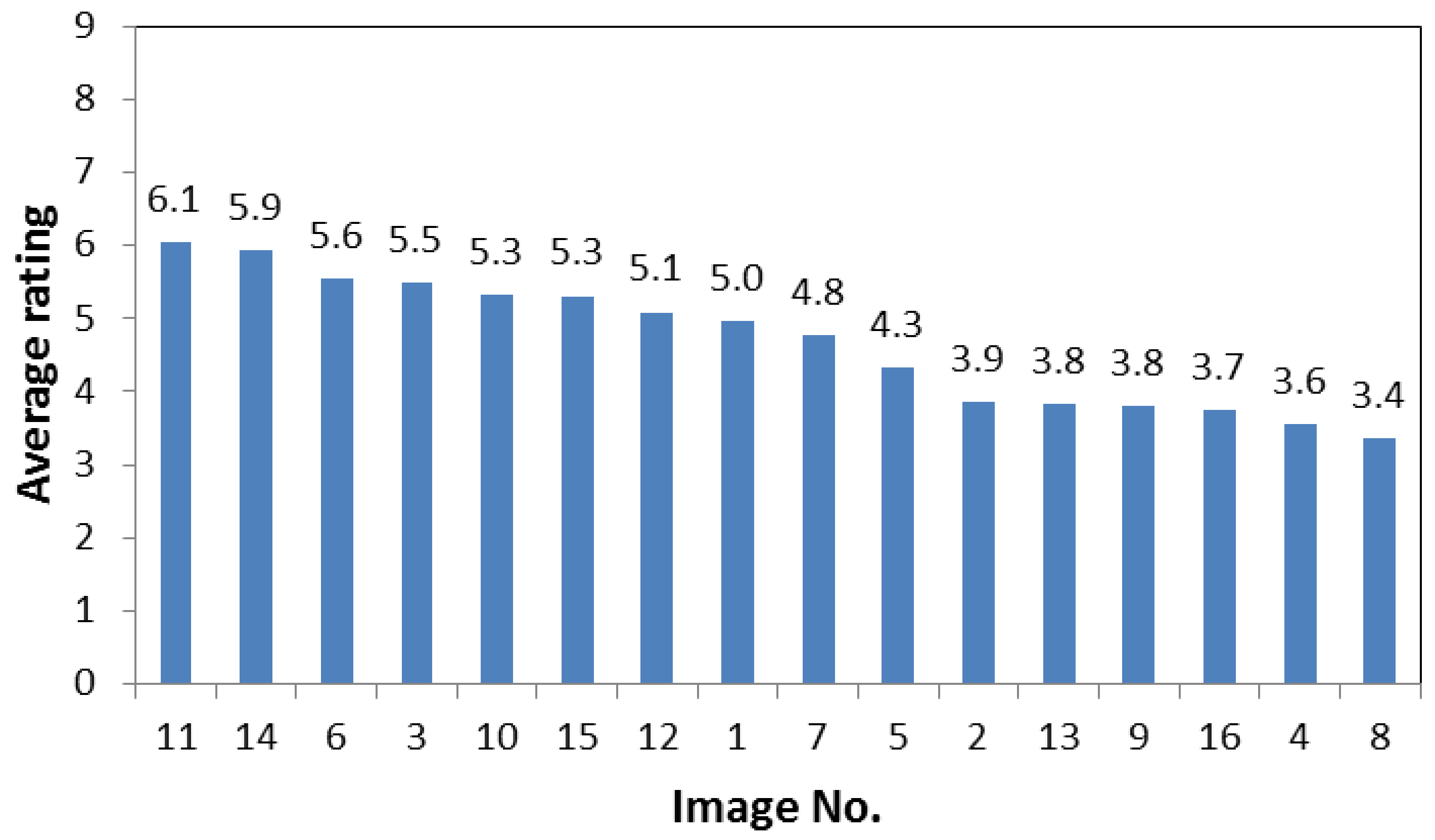
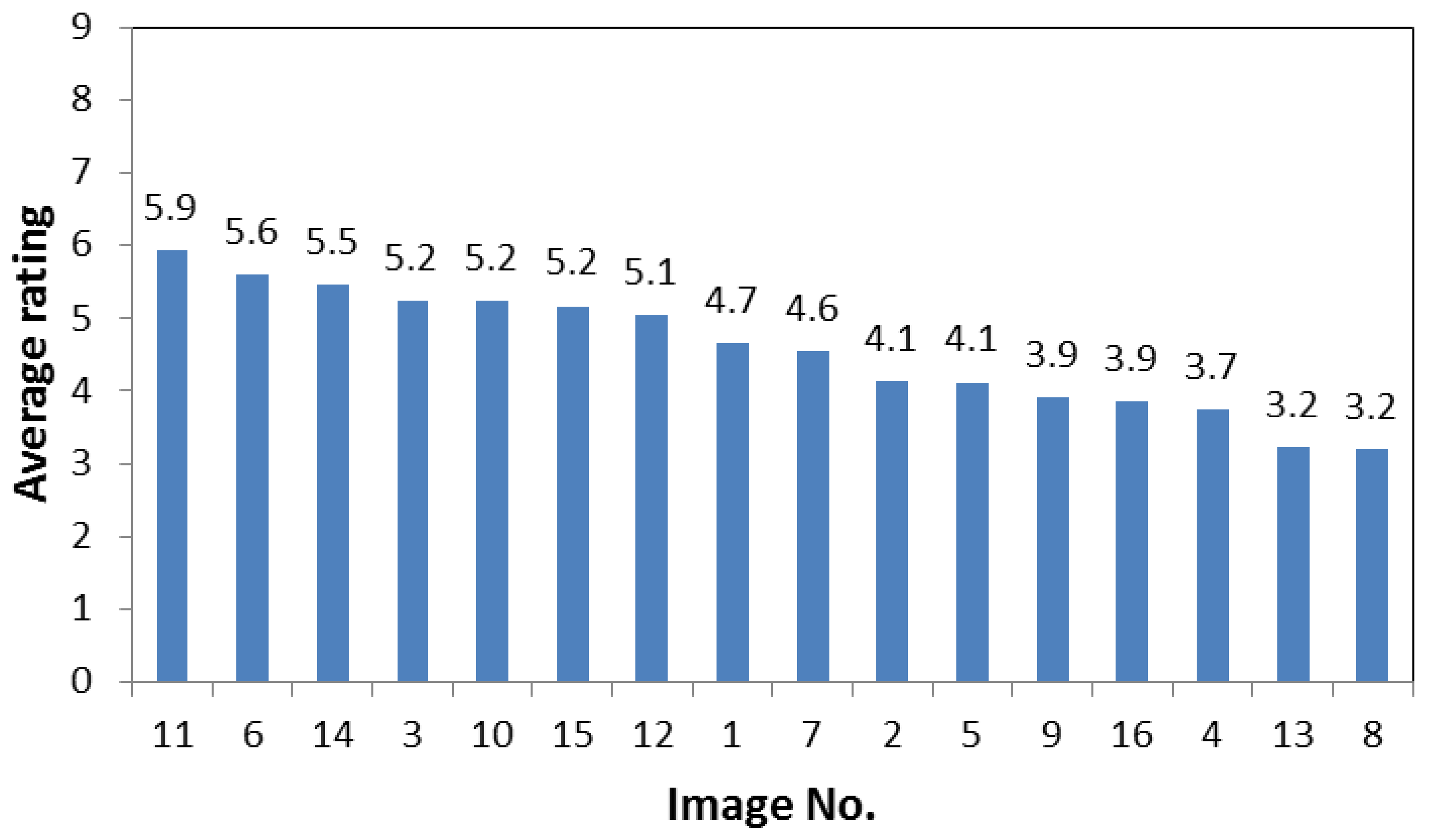
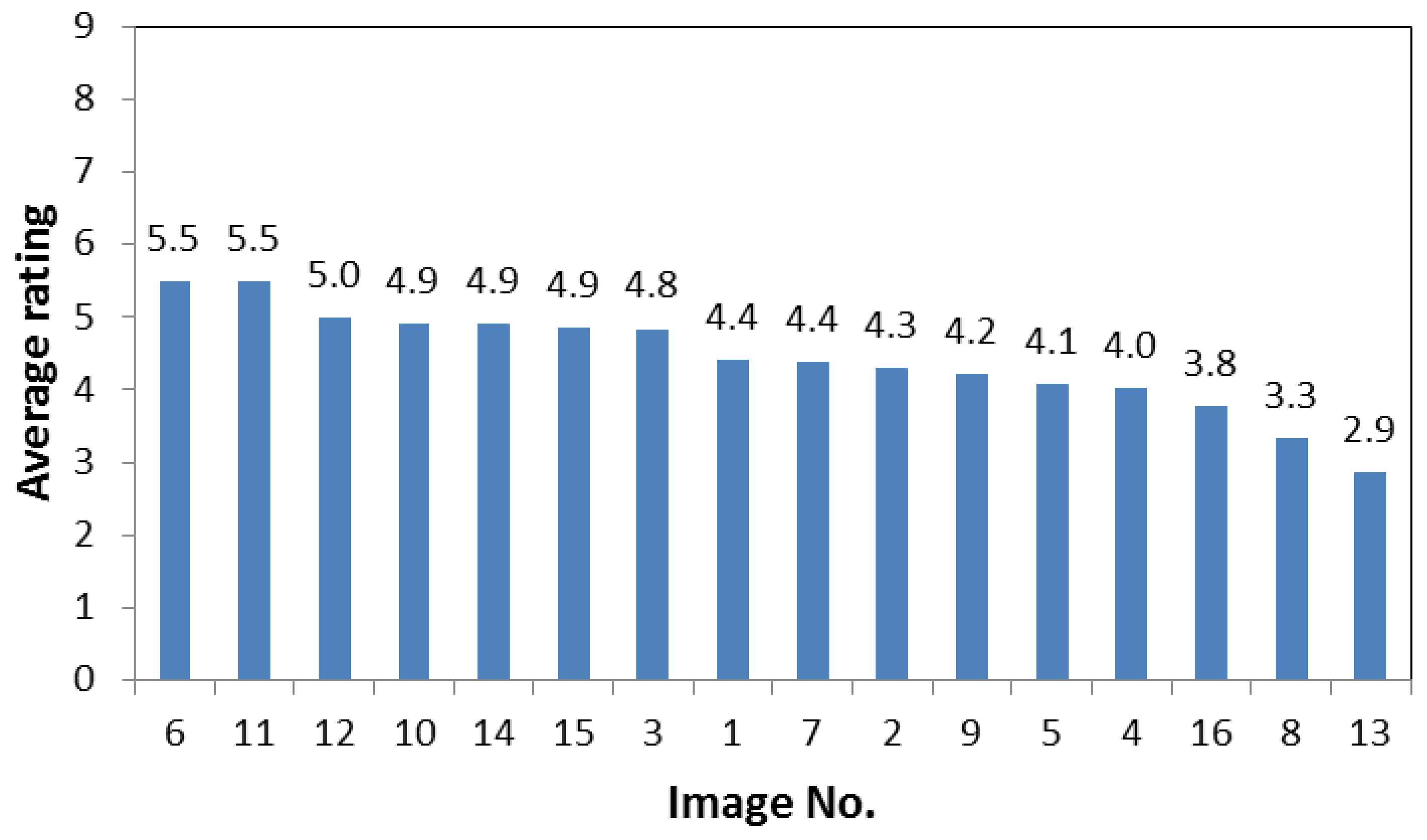
| Theoretical Type | Empirical Type |
|---|---|
| Phenomenological model (e.g., Lynch [13]) | Formal aesthetic model (e.g., Litton [28]) |
| Ecological model (e.g., McHarg and Mumford [14]) | Psychophysical model (e.g., Shafer et al. [15]) |
| Prospect-refuge theory (e.g., Appleton [17]) | Landcover model (e.g., Jackson and Zube [16]) |
| Land use assumption (e.g., Balling and Falk [18]) | |
| Psychology model (e.g., Kaplan and Kaplan [19]) |
| Phase I (1967–1971) | Phase II (1971–1976) | Phase III (1973–Current) |
|---|---|---|
| Phenomenological model (e.g., Lynch [13]) | Psychology model (e.g., Kaplan et al. [29]) | Prospect-refuge theory (e.g., Appleton [17]) |
| Formal aesthetic model (e.g., Litton [28]) | Psychophysical model (e.g., Daniel and Boster [30]) | Psychophysical model (e.g., Daniel and Boster [30]) |
| Landcover model (e.g., Jackson and Zube [16]) | Land use assumption (e.g., Balling and Falk [18]) | |
| Ecological model (e.g., McHarg and Mumford [14]) | Psychology model (e.g., Kaplan and Kaplan [19]) | |
| Fuzzy logical system model (e.g., Peng and Tang [31]) |
| Description | Evaluation | Preference |
|---|---|---|
| Phenomenological model (e.g., Lynch [13]) | Formal aesthetic model (e.g., Litton [28]) | Psychophysical model (e.g., Shafer et al. [15]) |
| Prospect-refuge theory (e.g., Appleton [17]) | Landcover model (e.g., Jackson and Zube [16]) | Psychology model (e.g., Kaplan and Kaplan [19]) |
| Land use assumption (e.g., Balling and Falk [18]) | Ecological model (e.g., McHarg and Mumford [14]) |
| No. of Image | Structure Type | SBE (Control Group) | SBE (Internet Questionnaire Survey) | SBE (All Samples) | Rank by All Samples |
|---|---|---|---|---|---|
06 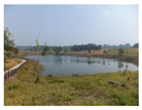 | Detention pond | 142.21 | 171.4 | 164.71 | 1 |
14 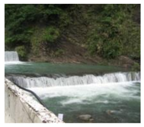 | Ground sill | 110.35 | 144.39 | 128.82 | 2 |
11  | Revetment | 127.96 | 114.46 | 127.36 | 3 |
15  | Check dam | 106.76 | 37.37 | 66 | 4 |
03 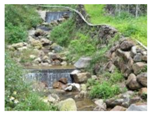 | Ground sill | 45.93 | 62.22 | 59.44 | 5 |
12 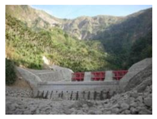 | Check dam | 85.03 | 35.17 | 55.48 | 6 |
10 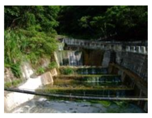 | Ground sill | 55.5 | 33.94 | 42.46 | 7 |
07 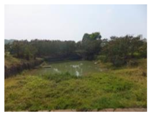 | Detention pond | 24.84 | 67.1 | 41.76 | 8 |
01 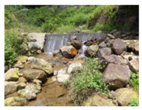 | Check dam | 0.95 | 23.24 | 14.55 | 9 |
02 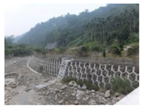 | Revetment | −96.51 | −62.17 | −73.81 | 10 |
05 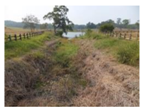 | Grassed waterways | −110.12 | −62.29 | −83.29 | 11 |
16  | Check dam | −57.93 | −104.27 | −84.85 | 12 |
09 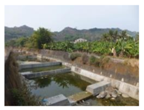 | Ground sill | −65.11 | −103.31 | −86.63 | 13 |
04 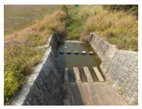 | Detention pond | −85.52 | −89.63 | −90.64 | 14 |
08 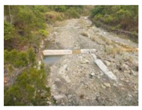 | Revetment | −145.12 | −113.33 | −125.89 | 15 |
13 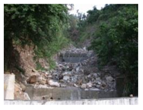 | Check dam | −139.22 | −154.28 | −155.48 | 16 |
| Control Group | Internet Questionnaire Survey | |
|---|---|---|
| average | 0 | 0.000625 |
| variance | 10,000.10629 | 9999.774353 |
| No. of observation | 16 | 16 |
| Pearson correlation coefficient | 0.93055009 | |
| Assumed average difference | 0 | |
| Degree of freedom | 15 | |
| t statistics | −6.70796 × 10−5 | |
| P (T ≤ t) one-tailed | 0.499973681 | |
| Critical value: one-tailed | 1.753050356 | |
| P (T ≤ t) two-tailed | 0.999947362 |
© 2018 by the authors. Licensee MDPI, Basel, Switzerland. This article is an open access article distributed under the terms and conditions of the Creative Commons Attribution (CC BY) license (http://creativecommons.org/licenses/by/4.0/).
Share and Cite
Peng, S.-H.; Han, K.-T. Assessment of Aesthetic Quality on Soil and Water Conservation Engineering Using the Scenic Beauty Estimation Method. Water 2018, 10, 407. https://doi.org/10.3390/w10040407
Peng S-H, Han K-T. Assessment of Aesthetic Quality on Soil and Water Conservation Engineering Using the Scenic Beauty Estimation Method. Water. 2018; 10(4):407. https://doi.org/10.3390/w10040407
Chicago/Turabian StylePeng, Szu-Hsien, and Ke-Tsung Han. 2018. "Assessment of Aesthetic Quality on Soil and Water Conservation Engineering Using the Scenic Beauty Estimation Method" Water 10, no. 4: 407. https://doi.org/10.3390/w10040407
APA StylePeng, S.-H., & Han, K.-T. (2018). Assessment of Aesthetic Quality on Soil and Water Conservation Engineering Using the Scenic Beauty Estimation Method. Water, 10(4), 407. https://doi.org/10.3390/w10040407





